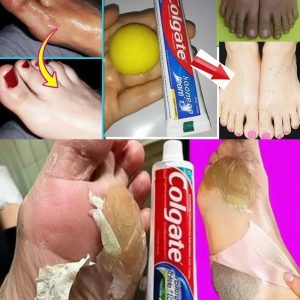Ear hair — it’s something many people notice as they grow older. While it might seem like a strange or unimportant part of the body, these tiny hairs actually serve a purpose. In this article, we’ll break down why ear hair appears, what it means for your health, and what options are available if you want to manage or remove it.
What Causes Hair to Grow in the Ears?

The main reason ear hair appears is due to hormonal changes, especially as people age. One hormone in particular, called dihydrotestosterone (DHT) — a byproduct of testosterone — plays a key role in stimulating hair growth in areas like the ears and nose. As DHT levels increase with age, especially in men, hair may begin to grow in places where it didn’t before or become thicker than it once was.
Genetics also have a strong influence. If your father or grandfather had noticeable ear hair, chances are you might develop it too.
A medical term often used to describe excessive hair in the ear region is auricular hypertrichosis. This condition is more commonly seen in older men, but it can affect younger individuals too, especially if there’s a family history. Interestingly, this trait is more prevalent in certain ethnic groups, such as people of Indian descent, where it may even be passed down genetically.
Is Ear Hair Harmful?

In most cases, ear hair is completely harmless and even helpful. These hairs can act as a natural barrier, helping to keep dust, dirt, and even insects from entering your ear canal.
However, if hair becomes especially thick or long, it might interfere with ear hygiene. Excessive hair could trap moisture or block proper cleaning, slightly increasing the risk of ear infections or buildup of wax.
If you notice other symptoms such as itching, discharge, hearing issues, or pain along with unusual hair growth, it’s a good idea to consult a healthcare provider. These could be signs of a different medical issue.
Options for Managing or Removing Ear Hair

- Electric Ear Trimmers: These are small, battery-powered tools designed specifically for trimming hair in delicate areas like the ears. They’re quick, effective, and safe when used correctly.
- Laser Hair Removal: For a longer-term solution, laser treatment can reduce or eliminate hair growth in the ears. This method should only be performed by a licensed professional and may require several sessions.
- Depilatory Creams or Waxing: These methods can remove hair more thoroughly, but they must be used with extreme caution. The skin inside and around the ears is very sensitive, so always follow instructions and avoid applying products too deep into the ear canal.
Interesting Facts About Ear Hair
- In some cultures, ear hair is seen as a symbol of maturity or wisdom.
- Increased hair in the ears is often tied to age-related hormonal changes, not poor hygiene.
- Although ear hair is more noticeable in men, women can also experience it, especially post-menopause.





